- Chateau de Chambord Tickets
- Château de Chenonceau Tickets
- Château Royal de Blois tickets
- Château du Clos Lucé Tickets
- Château Royal d'Amboise Tickets
- Domaine du Château de Chaumont-Sur-Loire Tickets
- Puy du Fou Tickets
- Château d'Azay-le-Rideau Tickets
- Château d'Angers Tickets
- Château de Villandry
- Futuroscope Tickets
The Ultimate Guide to Visiting The Loire Valley in France
Where Is The Loire Valley?
Located in central France, the Loire Valley spans an area of 280km and is right in the middle of the River Loire stretch. Due to the plenty of vineyards, gardens, fruit and vegetable patches, the area is often known as the Cradle of the French. This valley has a rich history and culture and is particularly well-known for its wines, historic towns, and architecture. This valley has been one of the sites on the list of the UNESCO Heritage Site since 2000. Amboise, Blois, Angers, Chinon, etc., are a few historical towns with their own grand chateaux that the visitors can explore.
Visiting Loire Valley from ParisWhy Visit The Loire Valley?
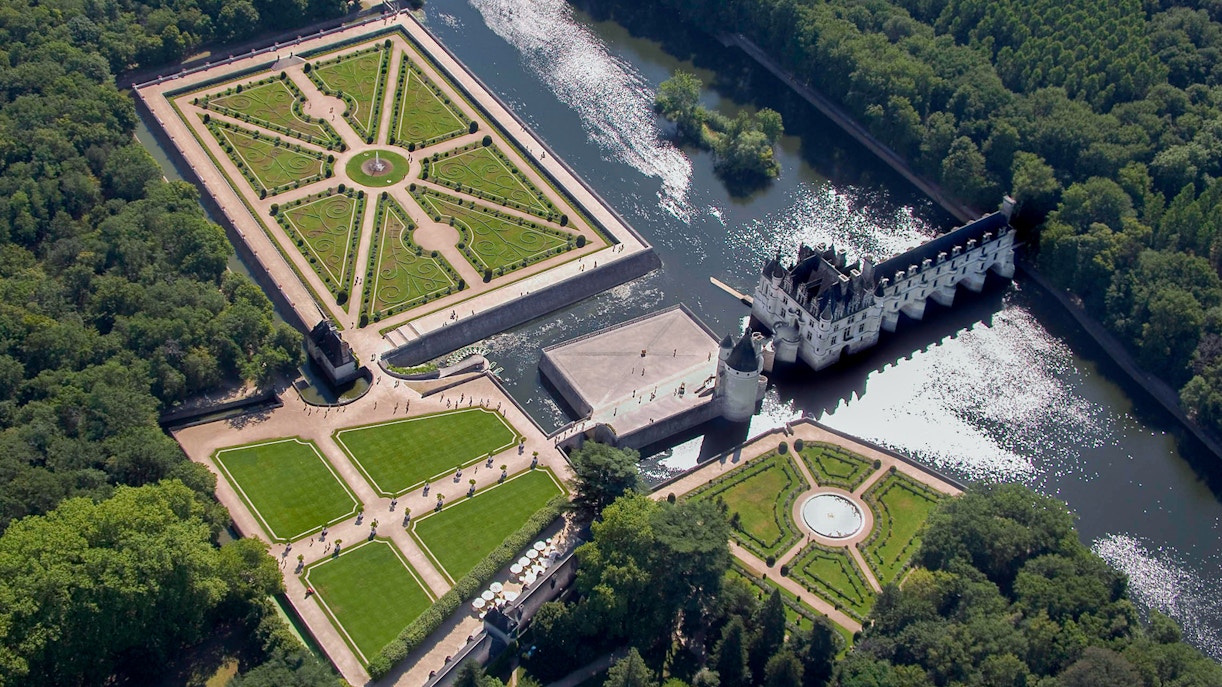
- Home to hundreds of beautiful Renaissance-style castles, Loire Valley has been a part of the UNESCO Heritage Site list since December 2000.
- The cobbled historic towns, cities, and chateaus are some of the best things about Loire Valley attracting tourists and history buffs worldwide.
- Many Loire Valley Castles have beautiful gardens decorated with vibrant flower gardens, fruit and vegetable patches, and fountains.
- Another important reason to visit Loire Valley, France, is that it is home to vineyards that make world-class wines. From dry white wine to sparkling wine, you will find a wide variety of wines here to suit every palate.
Loire Valley Castles
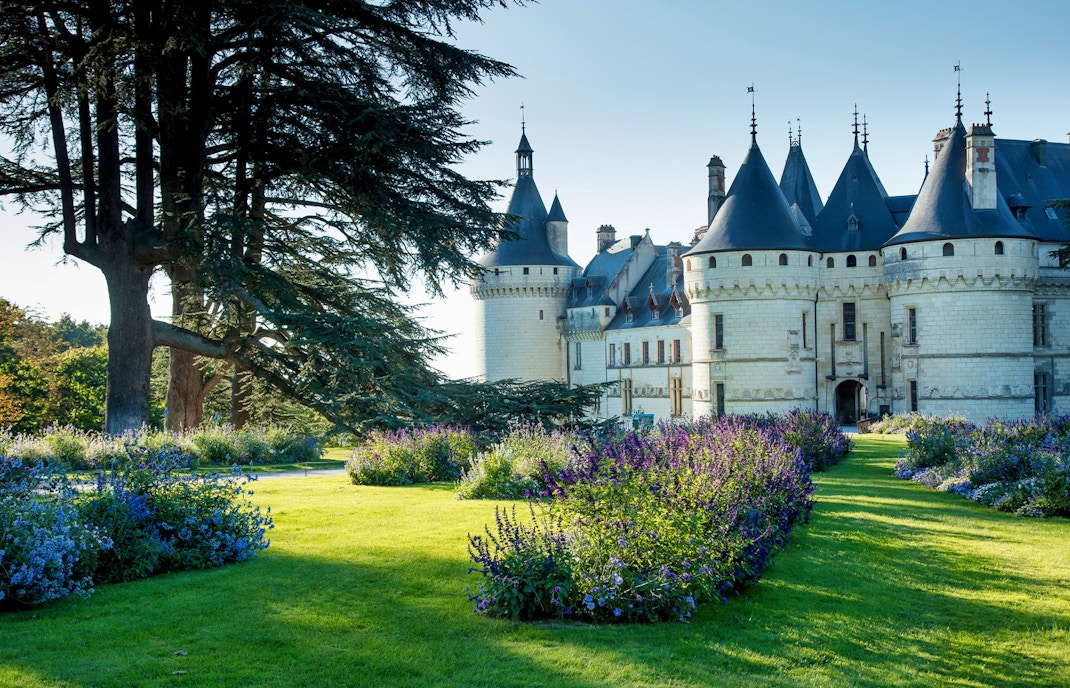
Domaine du Château de Chaumont-sur-Loire
Domaine du Château de Chaumont-sur-Loire, located around 18 km from Blois, is nothing less than a fairytale castle. It was a multi-tiered and fortress-like castle founded in 1000 and acquired by Catherine de Medicis in 1550. All the apartments in this chateau are decorated with artworks and historic tapestries. Several rooms have been recently renovated so that the visitors can experience the chateau in all its glory. Founded in the 10th century, it was later destroyed due to historical events and was rebuilt later in the 15th century.
Visit Domaine du Château de Chaumont-sur-Loire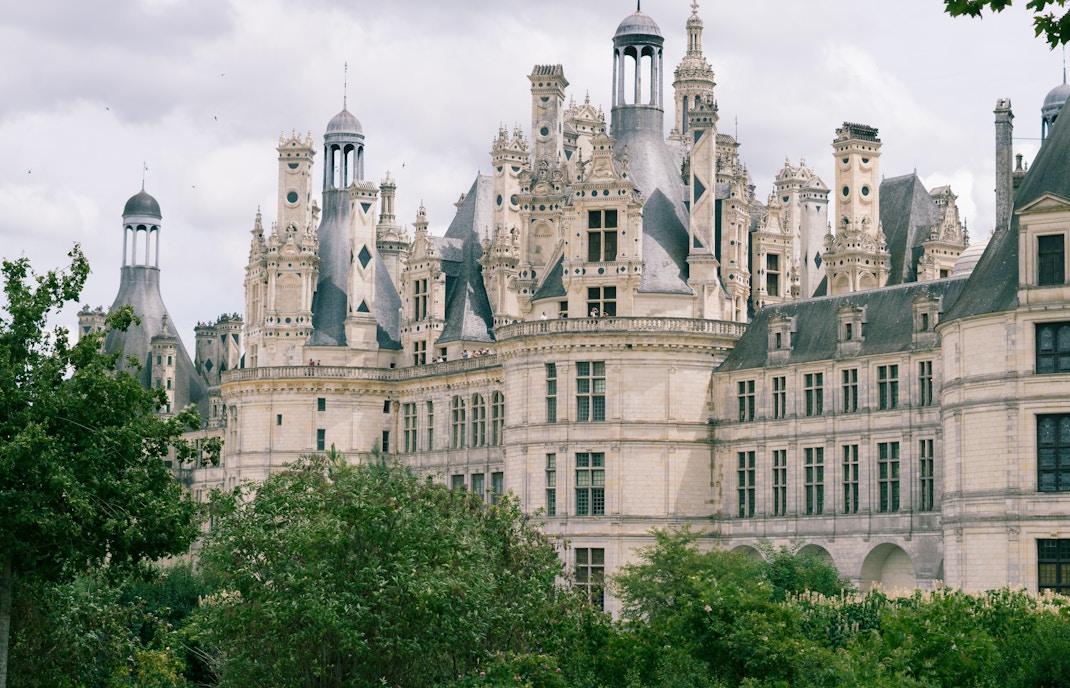
Château de Chambord
Located on the left side of the River Loire, Château de Chambord is a breathtaking castle to look at. Built on a huge scale, this estate was created for Francois I in the 16th century. With 440 rooms, turreted towers, and a double-helix staircase, this castle was perfect for a king. Surrounded by a 32km long wall, there are six gates that grant access to the castle grounds. King Louis XIV stayed a lot in this castle and held hunting parties and gala balls during that time.
Visit Château de Chambord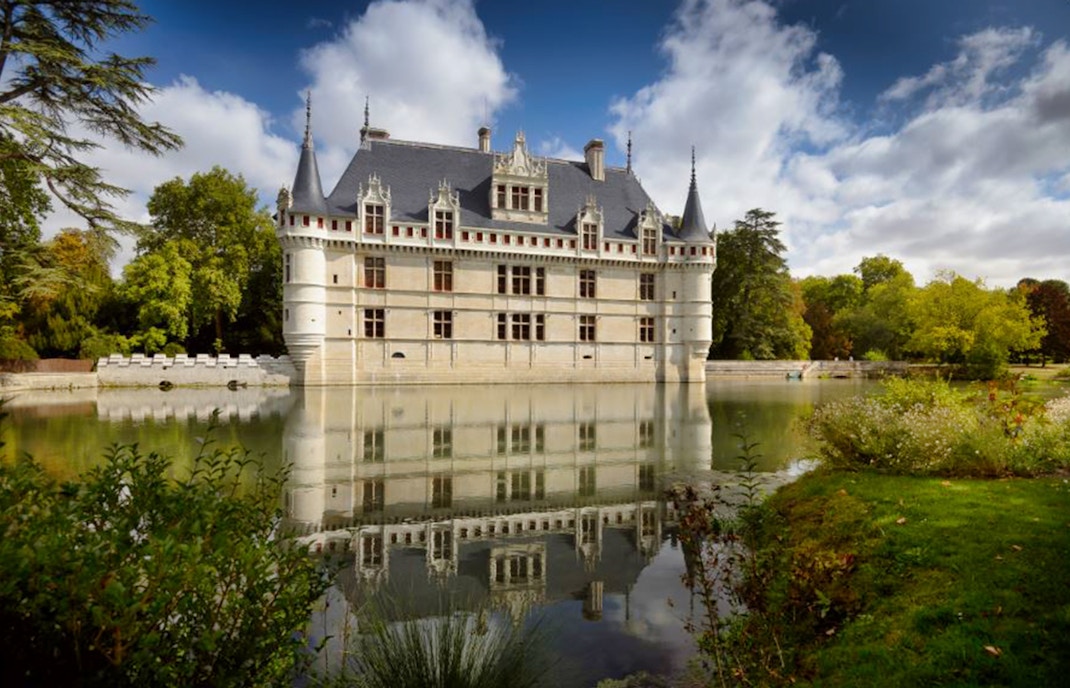
Château d'Azay-le-Rideau
Another castle that looks straight out of a fairytale book is the Château d'Azay-le-Rideau, located on an island. Its facade reflects in the waters of the Indre River and gives it a dreamy look. Influenced by Italian Renaissance architecture, the castle was built in the 16th century and funded by a wealthy patron. The rib-vaulted kitchen, the richly decorated chimney, and the numerous tapestries in the dining room highlight this chateau.
Visit Château d'Azay-le-Rideau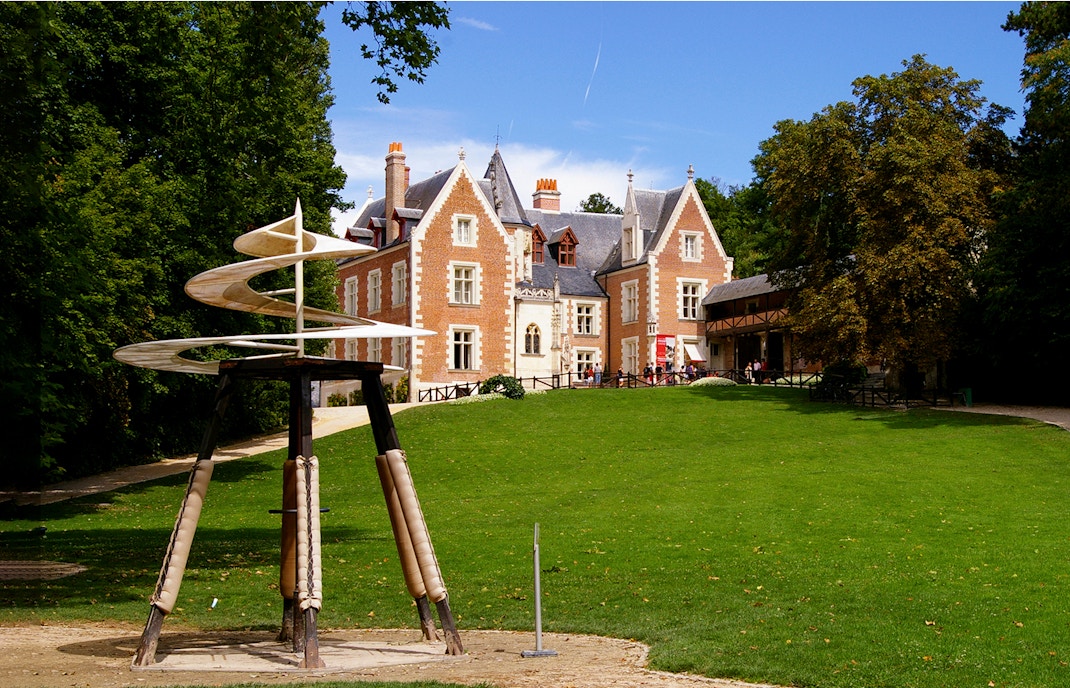
Château de Clos Lucé
Château de Clos Lucé is a top attraction in Amboise and is also the home of the talented Leonardo da Vinci for the last three years of his life. Visitors can explore this chateau to learn more about Leonardo da Vinci’s life and his achievements in the permanent exhibitions. There is also a Leonardo’s Garden which has been converted into an open-air museum to showcase his scientific research on botany and geology.
Visit Château de Clos Lucé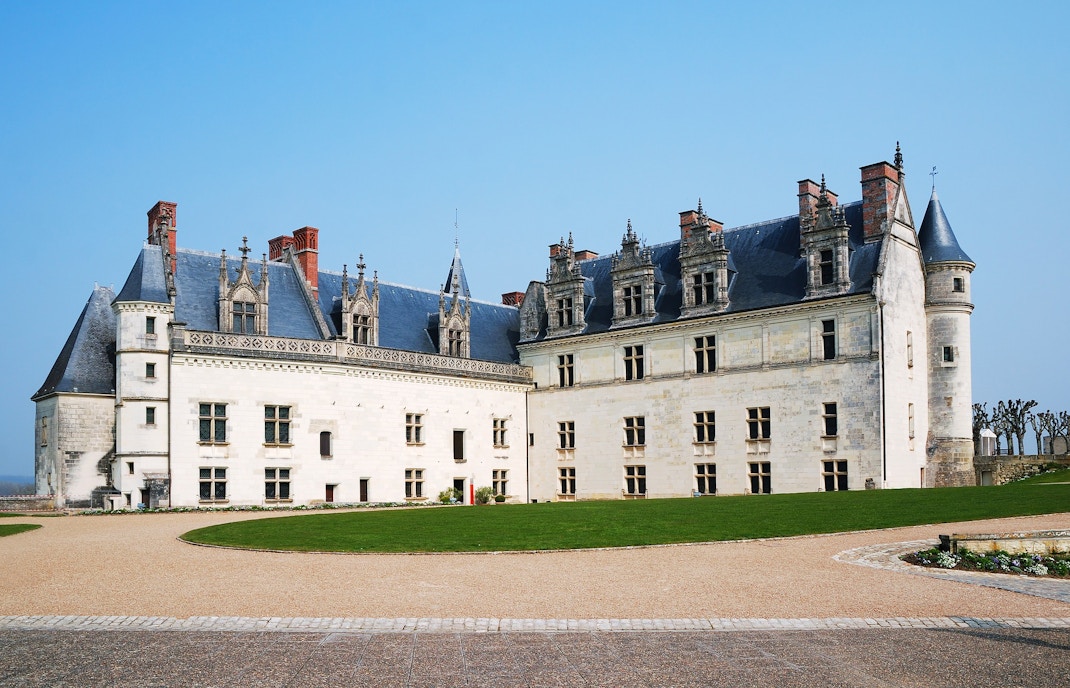
Château d'Amboise
Standing on the top of a cliff, Château d'Amboise is the most popular attraction in Amboise. This castle has been home to the French kings for five centuries and was built in the 15th century during the reign of Charles VIII. The castle was designed using late Gothic architecture and offers a stunning view of the Loire Valley. You will find intricately made gargoyles and sculptures on its facade and stained-glass windows lighting up the interiors of the chapel.
Visit Château d'Amboise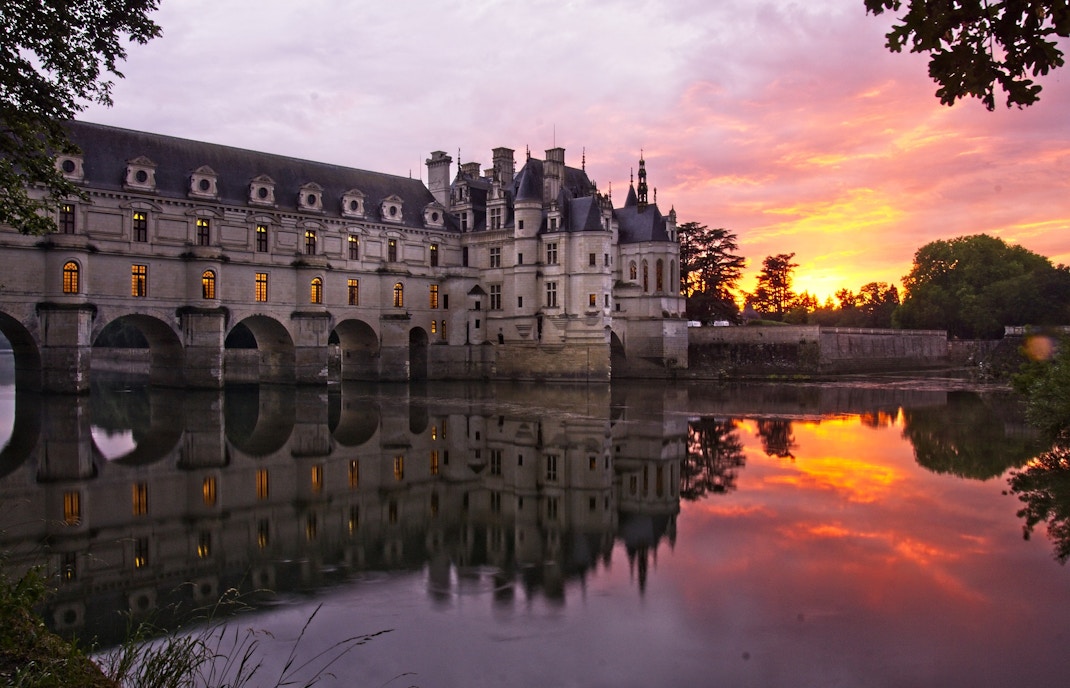
Château de Chenonceau
Château de Chenonceau is one of the most popular Loire Valley Castles and is an architectural wonder. The castle spans the River Cher and has been designed using a mix of late Gothic and Renaissance architectural styles. There are endless rooms and halls in the castle, all of which have been decorated fabulously by the influential women who lived here. These days, the castle attracts tourists worldwide to see its preserved interiors and floral decorations.
Visit Château de Chenonceau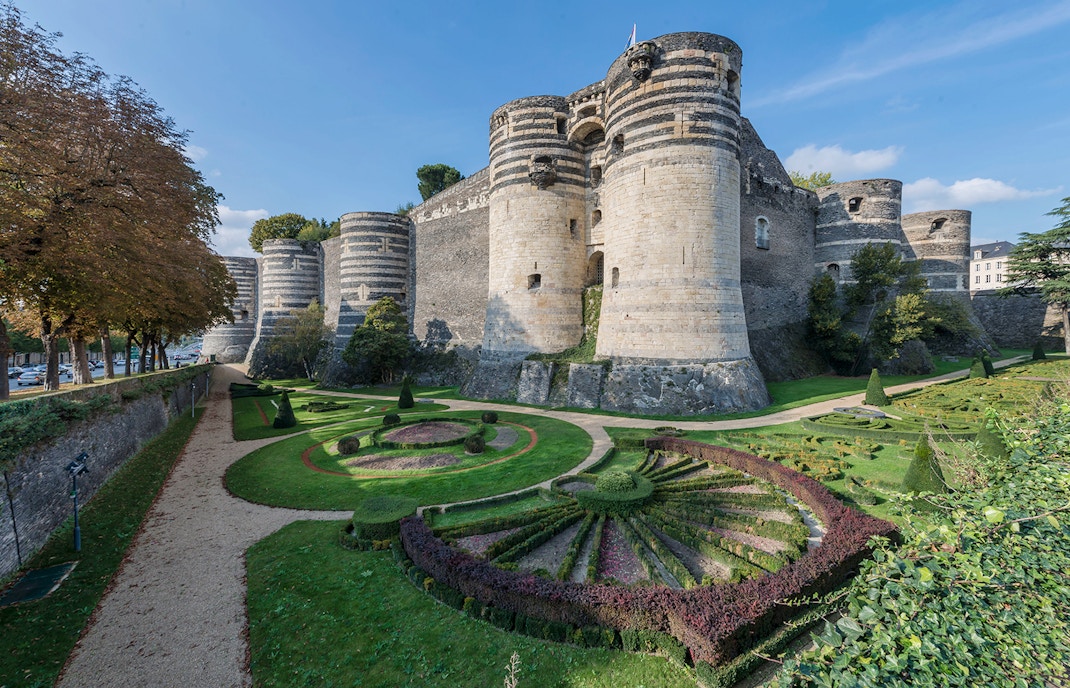
Château d'Angers
Perched on top of a crag, Château d'Angers overlooks the Maine River and is one of the top attractions in the historic town of Angers. Built in the 13th century, the fortress has thick defensive walls and 17 round towers surrounding it. From the 14th century, the castle became a work of art, offering panoramic views of the landscape from the ramparts and housing the famous tapestry collection, including the Tapestry of the Apocalypse.
Visit Château d'Angers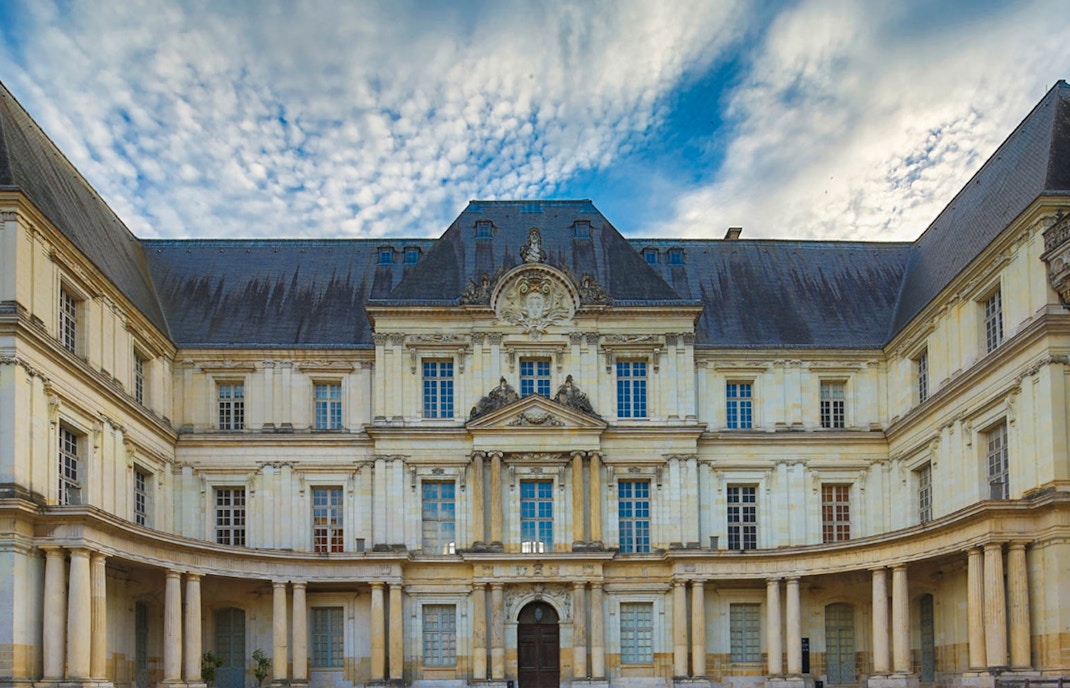
Château Royal de Blois
Located in the town of Blois, Château Royal de Blois was originally a fortified citadel and has been a residence for several kings throughout the years. The chateau is famous for its grand structure and reflects four different architectural styles in the four wings. One fine example of this is the Francis I wing that showcases Renaissance architecture with an octagonal staircase.
Visit Château Royal de BloisLoire Valley Towns & Villages
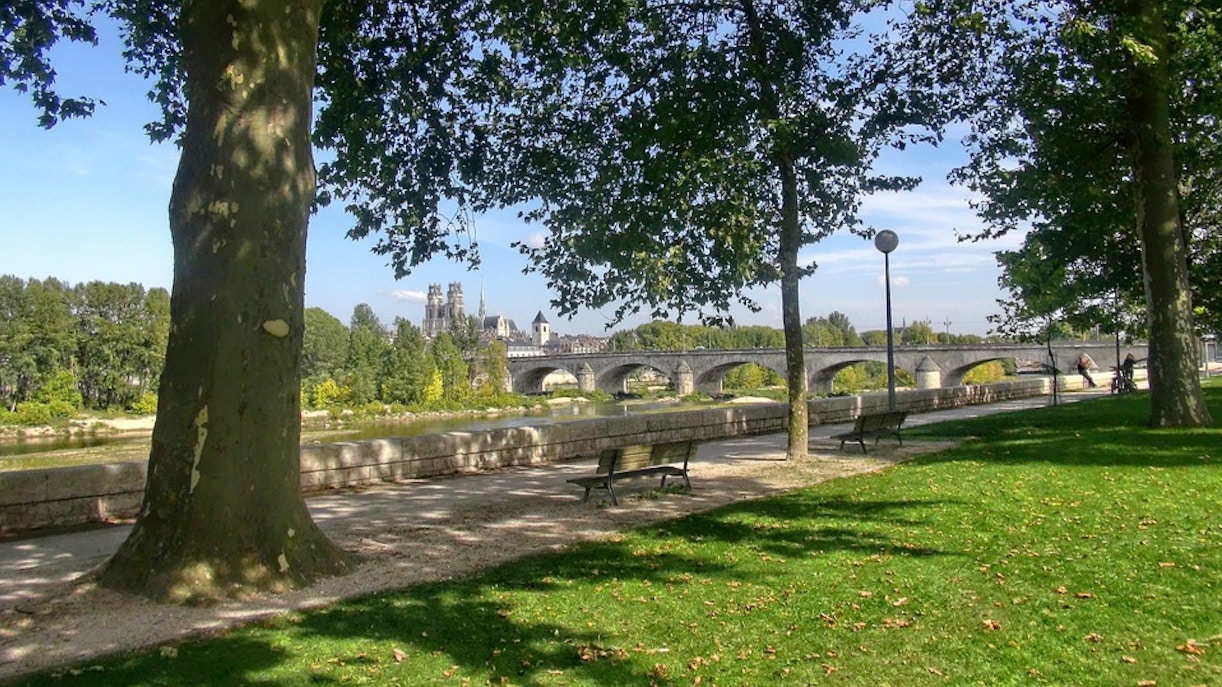
Journey back in time as you visit the charming cities and the historical towns of Loire Valley, France, that have preserved their authenticity over the years. Loire Valley is located in the administrative region, Centre-Val de Loire, and the official capital of the region is Orleans.
This region is home to architectural wonders such as Chateau de Chenonceau and Chateau de Chambord and also has historic towns of Amboise, Loches, and Chinon. The best cathedrals in this region can be found in the cities of Orleans, Bourges, and Chartres. Centre-Val de Loire has a diverse landscape with many charming villages and historic towns, a few of which have their own chateau and garden. Visit the small villages for an authentic French experience or stroll around the medieval towns of Loire Valley.
Know Before You Go: Plan Your Visit To Loire Valley
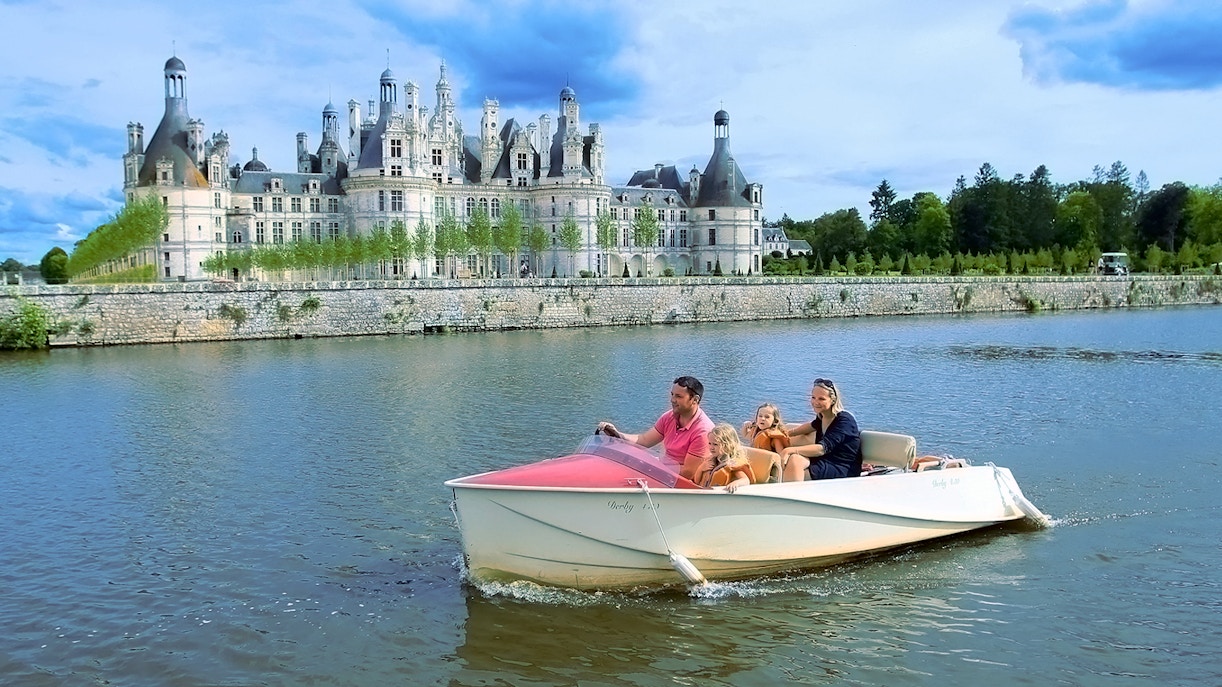
Location: France
- By Car: Duration: 2hr 52 min via A10
Cost: €140-€150 - By Bus: Duration: 3 hours
Cost: Around €10 - By Train: Duration: 1 hour 14min via TGV trains
Cost: €10 - €90
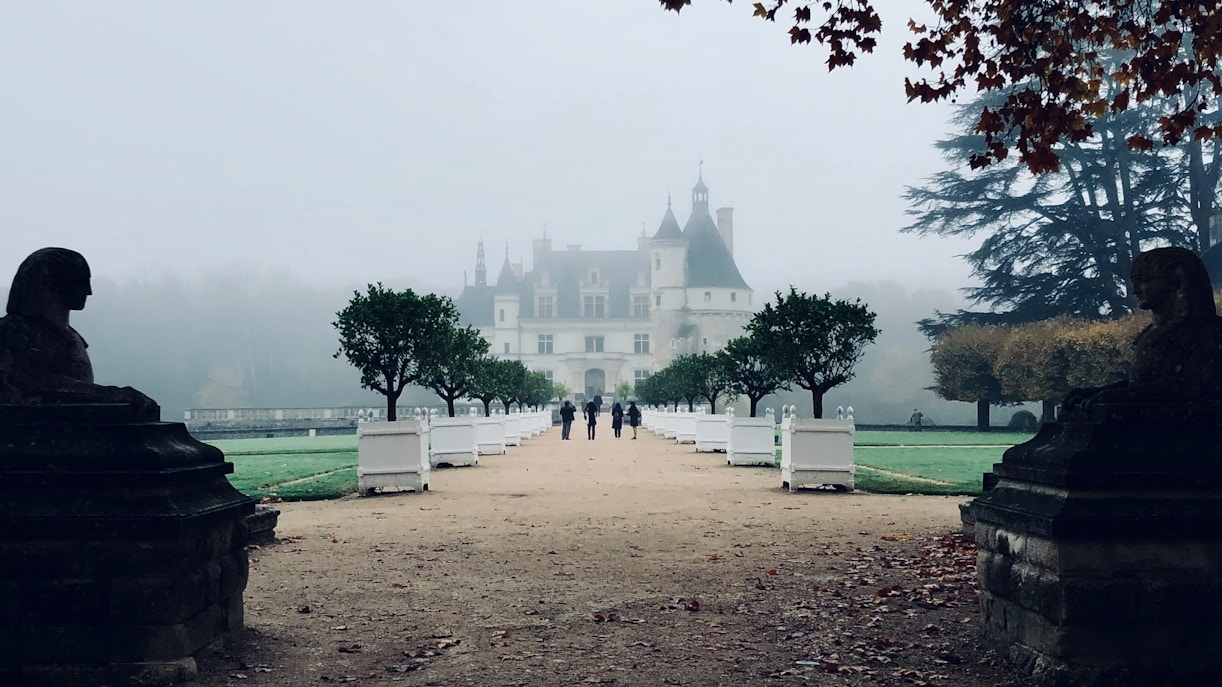
The central region of France, the area of Loire Valley in the Nantes and Anjou regions enjoys a temperate climate because of oceanic influences, while towns like Touraine enjoy a semi-continental climate. With mild rainfall in almost every season throughout the year, Loire Valley has pretty enjoyable and comfortable weather. This weather makes it suitable for vineyards and perfect for exploring the region without any discomfort.
Best Time To Visit: Considering the peak season and chilly winds in winter, the best time to visit Loire Valley would be during spring, that is from April to June, and in autumn, that is from September to October.
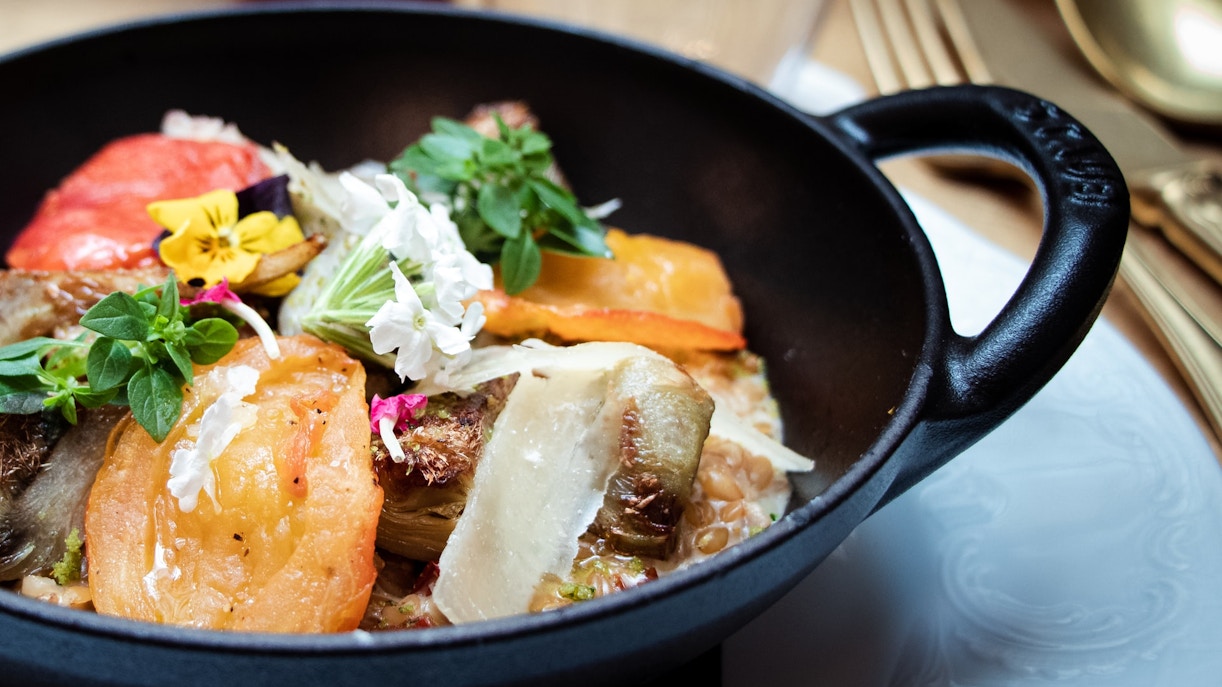
There are a bunch of famous restaurants in Loire Valley with bars and wineries offering premium drinks. Some of the best ones you can try are:
Crêperie La Dentelle: You can enjoy the outdoor seating option of this small restaurant located in the heart of Tours
La Balade Gourmande - Epicerie Fine: If you are looking for a local taste made from premium ingredients grown locally, this is your go-to place
Restaurant Les Hauts de Loire: For those looking for fine dining options, this can be an excellent choice as reflected by the two Michelin Stars.
Le Chai at Manoir de Restigné: It has one of the best wine collections in the town.
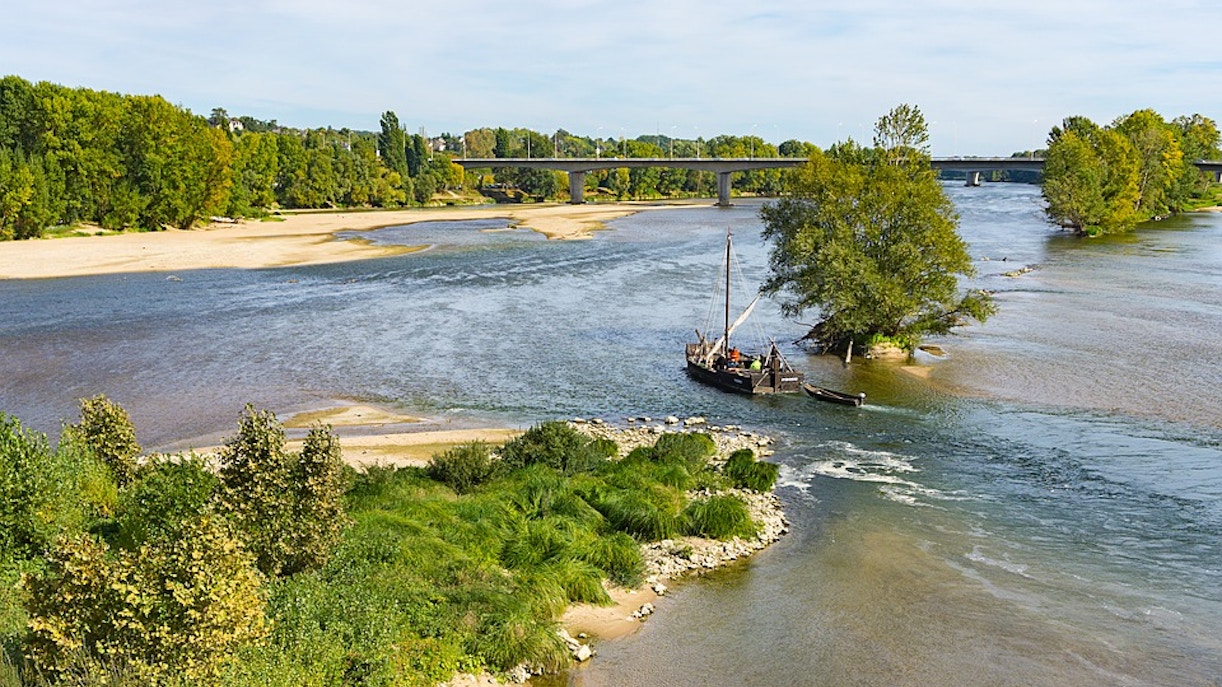
There’s more to Loire Valley than just chateaus and gardens. Here’s a list of things you can do at Loire Valley:
- Visit Terra Botanica: Botanical Park
- Visit Parc Oriental de Maulévrier: Largest Oriental Garden in Europe
- Enjoy rides at The Grand Elephant of Nantes: Fun ride for children
- Visit Contemporary Creation Centre Olivier Debré: Contemporary Arts Gallery
- Explore Chartres Cathedral: Cathedral
- Visit Loire-Anjou-Touraine Regional National Park
Things To Do At Loire Valley
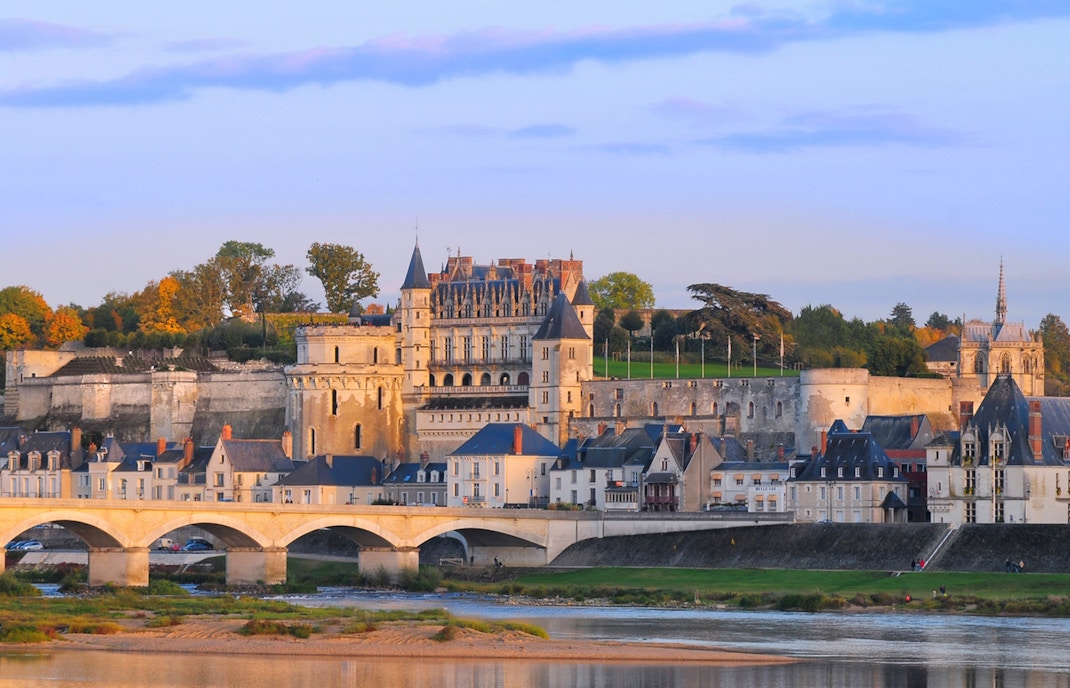
Visit Loire Valley Chateaux
Loire Valley Chateaux are famous all over the world as the valley is a UNESCO Heritage Site since 2000. These chateaux are the architectural heritage of the several historic towns in the Loire Valley, such as Amboise, Chinon, Blois, Angers, and more in France. There are over 300 Loire Valley chateaus ranging from fortified castles to lavish residences built in the later years. If you are fascinated by the history of the French aristocrats, then visit the Loire Valley chateaux to get a glimpse into their life and their cherished gardens.
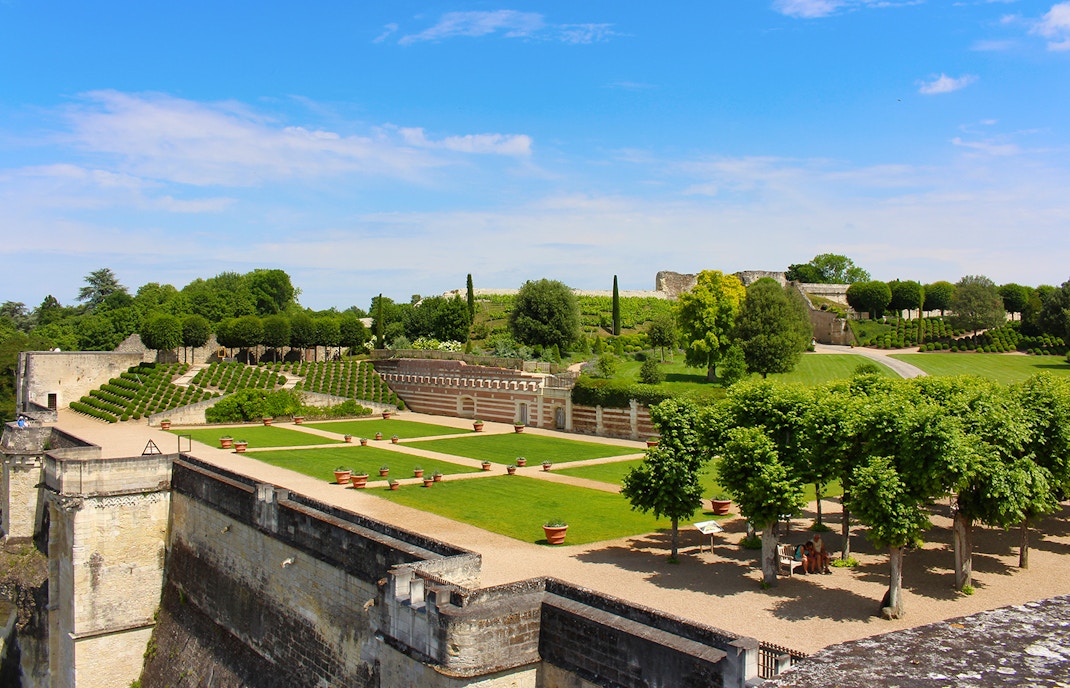
Explore Loire Valley Gardens
Loire Valley is popularly known as the Garden of France. The region experiences a mild climate has fertile soil, and is naturally watered by the rivers that make it easy to grow fruits, vegetables, and flowers here. When Loire Valley castles were built, most of them included extensive gardens in the castle compounds for French royalty to enjoy. The formal French-style garden of Chateau de Villandry is one of the best french gardens. Domaine du Château de Chaumont-sur-Loire also hosts the International Garden Festival every year where landscape artists create beautiful gardens.
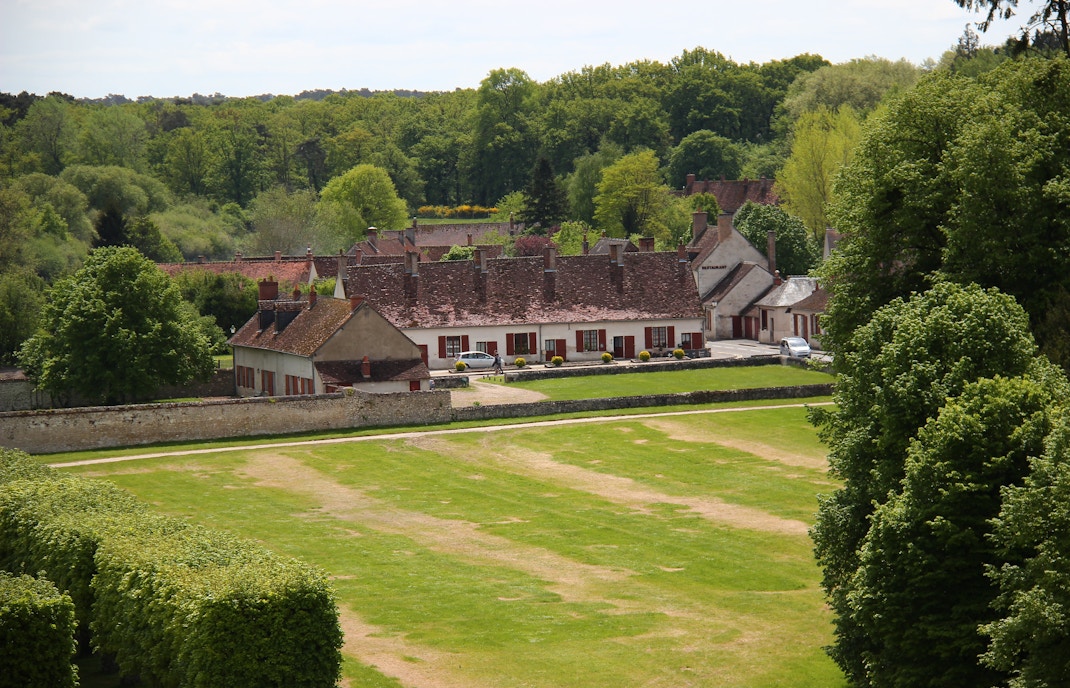
Visit Loire Valley Vineyards
Known for its world-famous vineyards, one of the top things to do is to taste the famous Loire Valley wines. Visitors can find vineyards from Nantes to Sancerre and can visit over 1000 vineyards in this region. Out of these, there are 400 accredited wine cellars here. You can meet the winemakers, tour around the vineyards, and taste the different types of Loire Valley wines. There are several entertaining wine events also held here that the wine connoisseurs can attend.
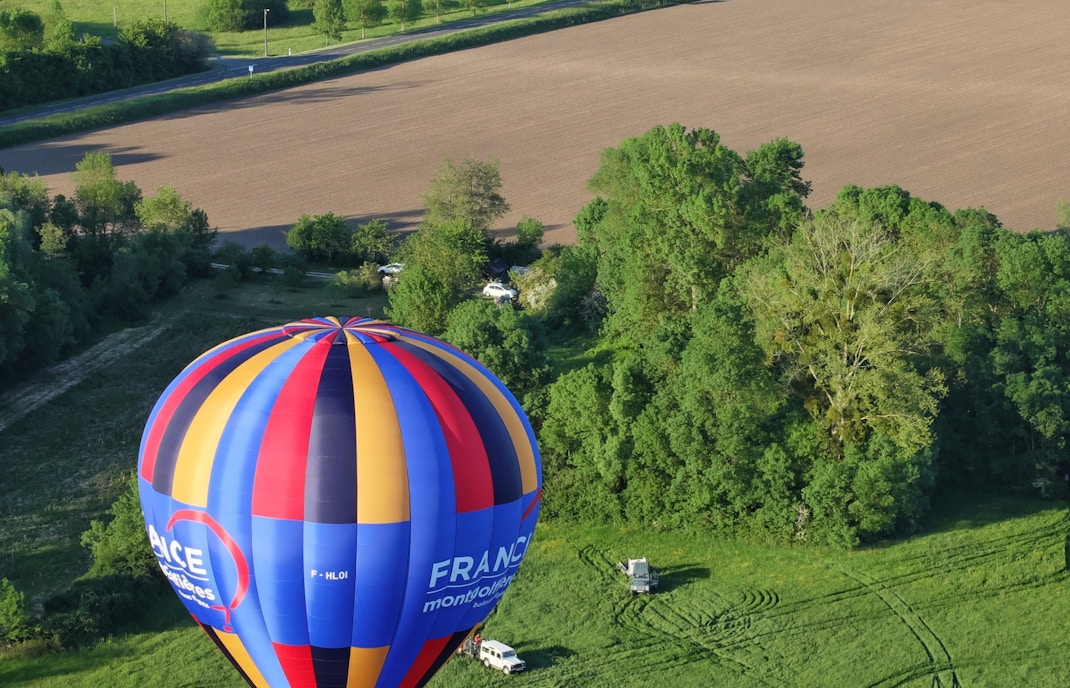
Hot Air Balloon Ride
Soar high above in the sky and enjoy a view of the lush forests, fairytale-castles, and vineyards from a hot air balloon. Start your hot air balloon tour from one of the chateaus such as Amboise, Chenonceau, Chinon Cheverny, or others. Enjoy a clear look at these architectural wonders from the sky and the wonderful landscape surrounding them. This tour is one of the best ways to witness the beauty of Loire Valley and all the castles and gardens here.
Frequently Asked Questions Loire Valley
A. The Loire Valley is located in the center of northern France, in both the regions of Centre-Val de Loire and Pays de la Loire. It is southwest and around 207km from Paris.
A. Loire Valley is in a strategic location for trade, and the kings had built fortified castles here to defend against the invaders. During the time of the French Renaissance period, many French aristocrats shifted to the valley and built castles or turned fortified castles to reside in.
A. Loire Valley is a stretch of land that is at a distance of approximately 207 km from the city of Paris. Visit the Paris to Loire Valley page for more information.
A. The best way to reach from Paris to Loire Valley Castles is by taking a car as there are only a few train stations close to the cities here. Visit the Paris to Loire Valley page for more information.
A. Château de Chambord is the largest castle out of the more than 300 Loire Valley Castles that are available in this region. This castle was a hunting lodge for Francis I whose residence was Château de Amboise and Blois.
A. The Loire Valley is famous for its chateaux and a wide range of delicious wines. There are over 300 chateaus and 1000 vineyards to explore here.
A. Loire Valley is located in the Centre-Val de Loire region of France.
A. Cher, Eure-et-Loir, Indre, Indre-et-Loire, Loir-et-Cher and Loiret are the six departments in which Loire Valley is divided.
A. Considering the peak season and chilly winds in winter, the best time to visit Loire Valley would be during spring, that is from April to June, and in autumn, that is from September to October.
